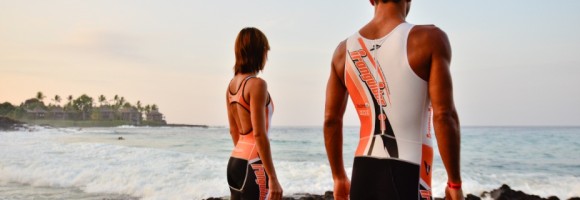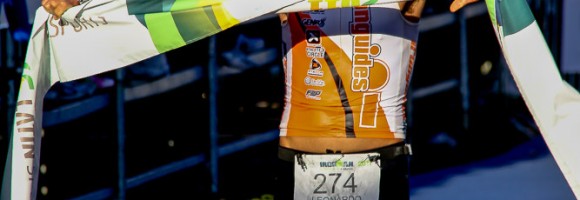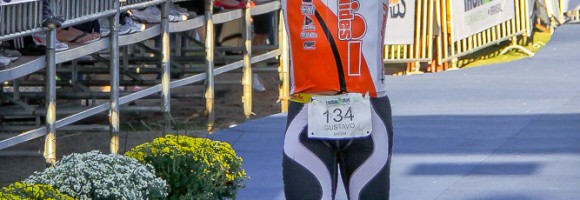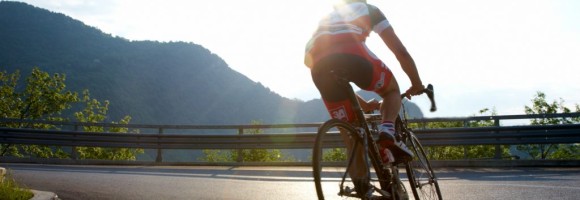Time for the next session—but you’re tired and unmotivated to head out of the door. You’re not sure if the fatigue comes from having had a stressful week at work, or if you went a bit too hard at those weekend sessions. You are a dedicated athlete who feels very guilty whenever you miss a session. At the same time, you know that training through fatigue or illness is bad for your health. So what to do?
For this scenario, The Method athletes are given a few simple guidelines to “test drive” their bodies to help decide if they ought to skip a training session on any given day.
The key? WHEN IN DOUBT … try it out!
This does NOT mean that you train when you’re sick.
But on those days when you’re unsure whether your should train, or not, The Method encourage athletes to simply try out your body to see what it tells you. Start the session with a very, very easy 20 to 30 minutes before making that call.
If you feel better, continue your session as planned. If needed, back off and take it easy later in the set if you find that you’re deteriorating.
If after that initial 20-30mins you feel the same, i.e. neither much better nor much worse, modify the session so that it places less strain on your body. For example, if you’re to do a long endurance effort, cut the duration. See how you feel later in the session before deciding if you’ll carry on. If you’re to do a lactate-tolerance session, greatly moderate both the duration and the intensity of the efforts and give yourself a lot more rest between each effort. You still engage your high-end aerobic system and fast-twitch muscle fibres, helping to maintain your accumulated fitness gains until you feel strong again.
If you feel worse after testing your body for that very easy 20-30mins, pack it in and head home. Your body’s telling you that it’s not prepared to train today; you might be fighting an impending illness or simply need to recover. Heed the warning and take the day OFF.
A stitch in time saves nine—if you’re ill or fighting illness, having a few days of rest from training will prevent a prolonged forced break from training and racing.
Use these simple guidelines to judge the most appropriate response on days when you feel sluggish or off. Often, you’ll have a great training session on a day you might otherwise have written off.
And on days you feel great?! Go for it! Just remember, the goal is not to deliver hammer blows to the body, but to generate a long-term, consistent training stimulus.
Illness
Try as we might, there is simply no way to avoid getting sick once in awhile. For these times, The Method stipulates you take time off and recover. Remember: With The Method everything is relative. When you’re sick, the body is weakened and needs to recover from training. The goal is to achieve maximum, effective consistency.
Rest
With all that said, The Method doesn’t set in stone when you’re to take rest from training. Unfortunately, this heretical notion of The Method has led to more misinterpretation than any other of its principles.
Life has a funny way of throwing curve balls at us: work, family and community commitments often cause us to miss out on training. Rather than worrying about missed training when this happens, take comfort from the fact that you’ve been training consistently and diligently until then. Your days off due to commitments elsewhere become your rest days from training, and are automatically suited to your life schedule since they come when you truly need the time elsewhere, rather than when a schedule hammers them out.
You can also look at it this way: No schedule can accurately predict what you’ll be doing each day for months down the road. Quite simply, what The Method tells an athlete is rest when you need it.
Many amateur athletes spend the better part of their day physically recovering from their training at a desk or otherwise in their daily work. The Method accepts that most amateur athletes do not have the luxury of a daily routine dedicated to sport alone.
For this reason, The Method distinguishes between mental rest and physical rest. For example, a stressful work-travel day on which you can’t train may cause you much mental fatigue while your physical training systems have been resting. Consequently, that stressful day counts as a rest day, even though you might be tired from it.
Keep in mind that everything is relative in The Method training. The hormonal context in which The Method places you determines how you ought to train subsequently. If the stressful travel day
comes on top of a lot of other stress in your life, it can create a significant catabolic experience for your body. In this situation, The Method’s approach advises you to avoid endurance work or excessive lactate-tolerance training immediately following or during this (or other) high-stress period.
After taking a day off, be smart when getting back into the training. If circumstances required you to rest, use these simple rules to get back on the plan:
* Add some volume to the start of the workout in order to kick start your body again before trying any intensity. You don’t want to go too hard while being too rested. Rather, add volume to tire yourself a little bit without pushing the intensity. Then do your intervals. For example, add 30 minutes of easy running before the main set.
* If you are a performance-oriented athlete, then take an easy day in each of the sports after your day off. The reason is that you probably needed the day off due to deep fatigue levels, and the extra bit of easy training will help you recover back to normal fatigue levels. Then you’re most likely good to go again!
Learn how to read your body and stay consistent to your plan!
Enjoy your training,
the ironguides team
ironguides is the leading Lifestyle Facilitation company for athletes of all abilities. We provide coaching and training services, plans and programs, as well training education, health and fitness products to help you learn and live a healthy lifestyle. Come get fit with one of our monthly training subscriptions, event-specific training plans, coaching services, or a triathlon training camp in an exotic location! ironguides also provides Corporate Health services including Corporate Triathlons, Healthy Living retreats and speaking engagements. At ironguides, your best is our business!
–
Train with ironguides!
Personalized Online Coaching: Starting at USD190/month
Monthly Training plans (for all levels, or focused on one discipline): Only USD39/months
Event based training plans:
Sprint Distance (USD45 for 8-week plan)
Olympic Distance (USD65 for 12 week plan)
Half Ironman (R$95 for 16-week plan)
Ironman (USD145 for 20-week plan)
X-Terra (USD65 for 12-week plan)
Running Plans (10k, 21k and 42k – starting at USD40)












Recent Comments